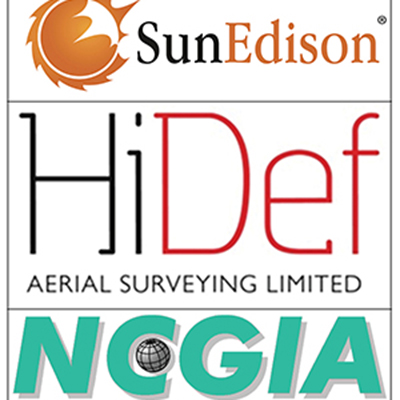Stereo-Optic High Definition Imaging: A New Technology to Understand Bird and Bat Avoidance of Wind Turbines
BRI, National Center for Geographic Information and Analysis (NCGIA) at University of Maine Orono, HiDef Surveying Limited (HiDef), and SunEdison are currently working to refine a stereo-optic, high-definition camera system with night vision capability to track flying animals in three dimensions. This system will help researchers learn how birds and bats behave around wind turbines so that developers can reduce risks to wildlife over the long term.
Investigators: Evan Adams, Ph.D., Melissa Duron, Wing Goodale
Contributing BRI Staff: Emily Connelly, Chris DeSorbo, Andrew Gilbert, Bill Hanson, Robby Lambert, Iain Stenhouse, Ph.D., Kate Williams, Dave Yates
Project Overview

Researchers will employ two ultra high-definition cameras to create a three-dimensional view of a wind turbine, the horizon, and the area surrounding the turbine. Cameras will record during the day and at night, using new near-infrared technology to detect animal movements. In addition, stereo camera systems will be deployed at one or more of SunEdison’s wind farms in Maine.
Team members from the University of Maine’s Robot Interaction Lab will develop algorithms to support partially automated detection of eagles and bats. This component is key to reducing the analysis time required due to huge data sets from the camera systems.
Study Goals

Expected Deliverables/Outcomes

By the end of this project, collaborators will have moved this technology from prototype to a system that can be used to provide detailed information about how different species respond to individual wind turbines in various seasons and weather conditions.
Project Collaborators & Funding

Collaborators
- SunEdison
- Robert Roy, Manager, Ecological Services
- Dave Cowan, Vice President, Environmental Affairs
- HiDef Aerial Surveying
- Steve Burns, Technical Director
- National Center for Geographic Information and Analysis
- Dr. Reinhard Moratz, Associate Professor
Funding
This project is funded by the U.S. Department of Energy under award DE-EE0006803.


